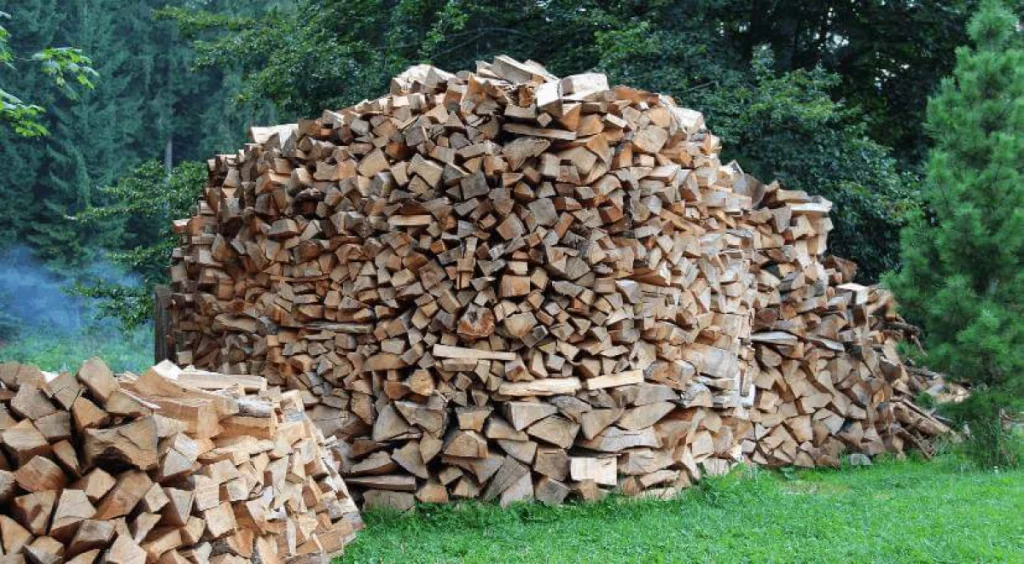
Mastering the Art of Firewood Care for Cozy Winters
Winter nights by the fireplace hold a special charm, but it all starts with well-maintained and properly stored firewood. Learn how to ensure a steady supply of quality firewood for a warm and cozy home during the chilly months.
Choosing the Right Firewood
Not all firewood is created equal. Opt for hardwoods like oak, maple, or hickory for a longer and more consistent burn. These woods are dense and produce more heat, making them ideal choices for keeping your home warm. Softwoods like pine are suitable for kindling but burn faster and may not provide sustained heat.
Proper Cutting and Splitting Techniques
Investing time in the proper cutting and splitting of firewood pays off in the long run. Use a sharp chainsaw or axe to ensure clean cuts, facilitating better seasoning. Split the wood into manageable sizes to accelerate the drying process and make it easier to handle when it’s time to fuel the fire.
Seasoning for Optimal Burn
Freshly cut wood contains a high moisture content, making it challenging to burn efficiently. Allow your firewood to season for at least six months to a year in a dry and well-ventilated area. This process reduces moisture content, ensuring a cleaner burn, less smoke, and more heat output.
Storing Firewood Correctly
Effective firewood storage is crucial for maintaining its quality. Elevate the woodpile slightly to prevent ground contact, allowing air circulation that helps in the drying process. Use a well-ventilated shed or a purpose-built firewood rack to protect the wood from the elements while maintaining accessibility.
Protecting Against Pests
Stored firewood can attract pests, such as termites and ants. To prevent infestations, keep the woodpile away from the house and inspect it regularly. Consider treating the area around the woodpile with insect repellent or using natural deterrents to safeguard your firewood.
Organizing for Accessibility
Create a designated area for your firewood close to the entrance you use most frequently. This makes it convenient to bring in wood without traipsing through the entire yard. Keep the area well-lit and organized, ensuring easy access during colder evenings when you want to quickly fuel the fireplace.
DIY Firewood Rack Construction
Building a firewood rack is a rewarding and practical DIY project. Customize the size according to your storage needs, ensuring it’s sturdy and well-ventilated. A well-constructed rack not only keeps your firewood organized but also adds a touch of rustic charm to your outdoor space.
Regular Maintenance Checks
Regularly inspect your stored firewood for signs of decay, mold, or insect infestations. Remove any compromised pieces promptly to prevent the issues from spreading. By staying proactive, you ensure a steady supply of high-quality firewood for a warm and comfortable home.
Ensuring Safety Precautions
Safety should always be a priority when dealing with firewood. Store it away from the house to reduce the risk of fire and take precautions against slips and falls. Keep the area well-lit and use appropriate safety gear when cutting and handling firewood.
Fueling Your Purpose with Sustainable Practices
To learn more about sustainable practices and discover ways to fund your purpose, visit Maintain and Store Firewood Yourself. By adopting eco-friendly habits, you not only enjoy the warmth of a crackling fire but also contribute to a greener and more sustainable lifestyle.
In conclusion, mastering the art of maintaining and storing firewood involves a combination of proper techniques, regular checks, and a commitment to safety. With these practices, you can ensure a consistent and efficient source of warmth for your home during the winter months.










